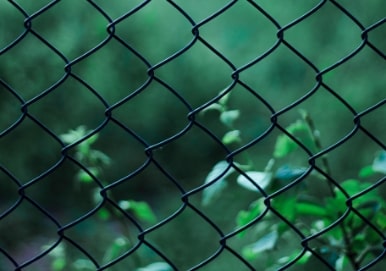Nov . 13, 2024 13:05 Back to list
best scaffold board
The Best Scaffold Board A Comprehensive Guide
When it comes to construction and renovation projects, safety and efficiency are paramount. One of the often-overlooked elements that significantly contributes to both of these aspects is the scaffold board. Scaffold boards serve as critical support structures, providing stable work platforms for construction workers. Selecting the best scaffold board is essential to ensure the safety and success of a project. In this article, we will explore the key features of high-quality scaffold boards, the materials commonly used, and best practices for their utilization.
Understanding Scaffold Boards
Scaffold boards are flat planks made from wood or composite materials, designed to create temporary platforms during construction or maintenance work. They are typically used in conjunction with scaffold frames, which provide the vertical support. As such, scaffold boards must be robust enough to support the weight of workers, tools, and materials, while also being lightweight enough for easy handling and transportation.
Materials Used
1. Wooden Scaffold Boards Traditionally, scaffold boards have been made from timber, most often from spruce or fir. These boards are typically treated for weather resistance and strength. The most common dimensions are 225mm wide and 38mm thick, with standard lengths of 2.4m and 3.0m. Wooden scaffold boards are appreciated for their natural strength and rigidity, making them easy to work with during setups.
2. Composite Scaffold Boards In recent years, composite materials made from plastics or fiberglass have become more popular. These boards are often lightweight, resistant to rot and corrosion, and do not splinter as wooden boards can. Composite boards tend to have a longer lifespan than their wooden counterparts, making them a cost-effective option in the long run.
3. Metal Scaffold Boards Though less common in residential construction, metal scaffold boards are used in industrial projects. They provide superior strength and stability; however, they are heavier and can be more challenging to maneuver.
Key Features to Consider
When selecting scaffold boards, consider the following features
- Load Capacity The load-bearing capacity of a scaffold board is vital
. Check the manufacturer's specifications for maximum load limits to ensure safety on the job site.- Certification Standards Ensure the scaffold boards meet recognized safety standards, such as those set by the British Standards Institution (BSI) or the American National Standards Institute (ANSI). Certified boards provide peace of mind regarding their quality and reliability.
best scaffold board

- Length and Thickness Depending on your project needs, ensure that the boards are available in suitable lengths and thicknesses. Longer boards increase work area coverage but may require additional support.
- Surface Finish A non-slip surface is crucial to prevent accidents. Many boards come with a textured finish or rubberized inserts to increase traction.
Best Practices for Use
To maximize the effectiveness and safety of scaffold boards, it's essential to follow specific best practices
1. Regular Inspections Continuously inspect scaffold boards for any signs of wear, damage, or deterioration. Replace any boards that show signs of splintering, cracking, or bending.
2. Proper Installation Ensure boards are installed correctly and securely supported at both ends. Avoid overreaching or standing on the edges of the boards.
3. Weight Management Be mindful of the load being placed on scaffold boards. Distribute weight evenly and do not exceed the specified load capacity.
4. Weather Considerations Be cautious in adverse weather conditions. Wet or icy boards may increase the risk of slipping.
5. Training Ensure that all workers understand how to safely use scaffold boards and the risks associated with improper use. Training should cover both set-up procedures and general safety guidelines.
Conclusion
Choosing the best scaffold board is a critical decision that directly influences the safety and efficiency of construction projects. With various materials available and specific features to consider, it’s essential to select the right boards suited to your project’s demands. By adhering to best practices and regular maintenance, scaffold boards can provide a secure platform, significantly reducing the risk of accidents and enhancing productivity on the job site. Always prioritize safety and quality when investing in scaffold boards for your projects.
-
Hop Dipped Galvanized/PVC Coated Temporary Fence - Anping County Xingzhi Metal Wiremesh Products Co., Ltd.|Temporary Fencing Solutions, Durable Security Products
NewsJul.30,2025
-
Hop Dipped Galvanized/PVC Coated Temporary Fence-Anping Xingzhi|Durability&Cost-Effective
NewsJul.30,2025
-
Hop-Dipped Galvanized PVC Fence - Anping Xingzhi | Durable, Quick Deployment
NewsJul.30,2025
-
Hop Dipped Galvanized/PVC Coated Temporary Fence - Anping County Xingzhi|Temporary Fencing, Durable Security, Customization
NewsJul.30,2025
-
Hop Dipped Galvanized PVC Coated Temporary Fences - Anping County Xingzhi|Durable Corrosion Resistance, Quick Installation
NewsJul.30,2025
-
Hop Dipped Galvanized / PVC Coated Temporary Fence - Anping County Xingzhi Metal Wiremesh Products Co., Ltd|Durable Temporary Fencing&Versatile Applications
NewsJul.30,2025



